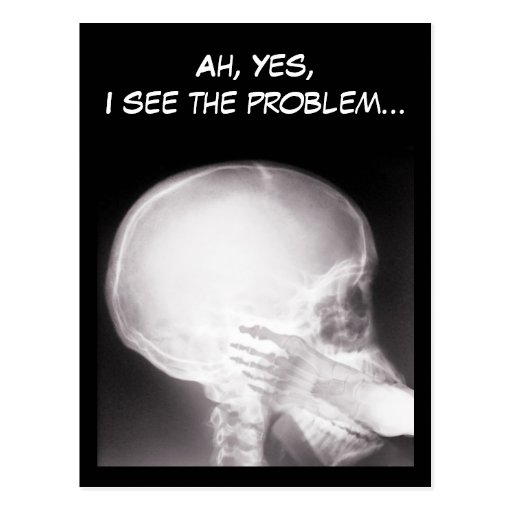http://www.radiologycert.com/images/radiology.jpg
To become a Medical Imaging technician you should study for three years and have a DEC. You can choose English or French Colleges across Quebec. I chose Ahuntsic College because it has a big Radiology Department. The radiology program is well made, the future technicians are prepared for the future job. This job is very interesting. I chose it because every work day is different and we have the opportunity to meet and to help a lot of people. In the College we are familiarized with the imaging equipment: radiography machine, ultrasound, computed tomography equipment, bone mineral densitometry scanning, even with MRI simulator. After graduating the College we need to pass an exam of l'Ordre of technologist in Medical Imaging. After that you become a technologist in Medical Imaging and you are ready to work across Canada.
I chose two articles that describes and explains a day in the life of a technologist. In the paragraph below I summarize them and I try to give you enough information about what Medical Imaging technician does in one work day.

A technician in Diagnostic Imaging are taking images through X-Rays, computed tomography (TACO) or magnetic resonance imaging (MRIs). These images helps doctors to diagnose injures and diseases, and to cure the patients. X-ray technicians have a huge role in the health care system. Most of them work in private, state or local hospitals. Also they can work at physicians' offices or even labs that specialize in medical imaging.
X-ray technicians spend a lot of time-work on their feet helping disabled patients by lifting or adjusting their body positioning. There is some risk with the over-exposing to the radiation, but the technicians know how to take precautions to prevent any negative consequences of the exposure. To protect the patient during the exam the radiology technician use protective shields that reduce the received dose by the patient.
A day in the life of an X-ray technician involve a lot of responsibilities, he need to:
- check the prescription
- prepare the patient and properly positioned him to get the right image
- properly manipulate the equipment
- take good pictures and send them to the radiologist
- maintain patients' imaging records
- keep the equipment and working place clean.
A radiology technician often work full 8-hours, but like the rest of the medical professionals they could work weekends and at the emergency calls.
References:










